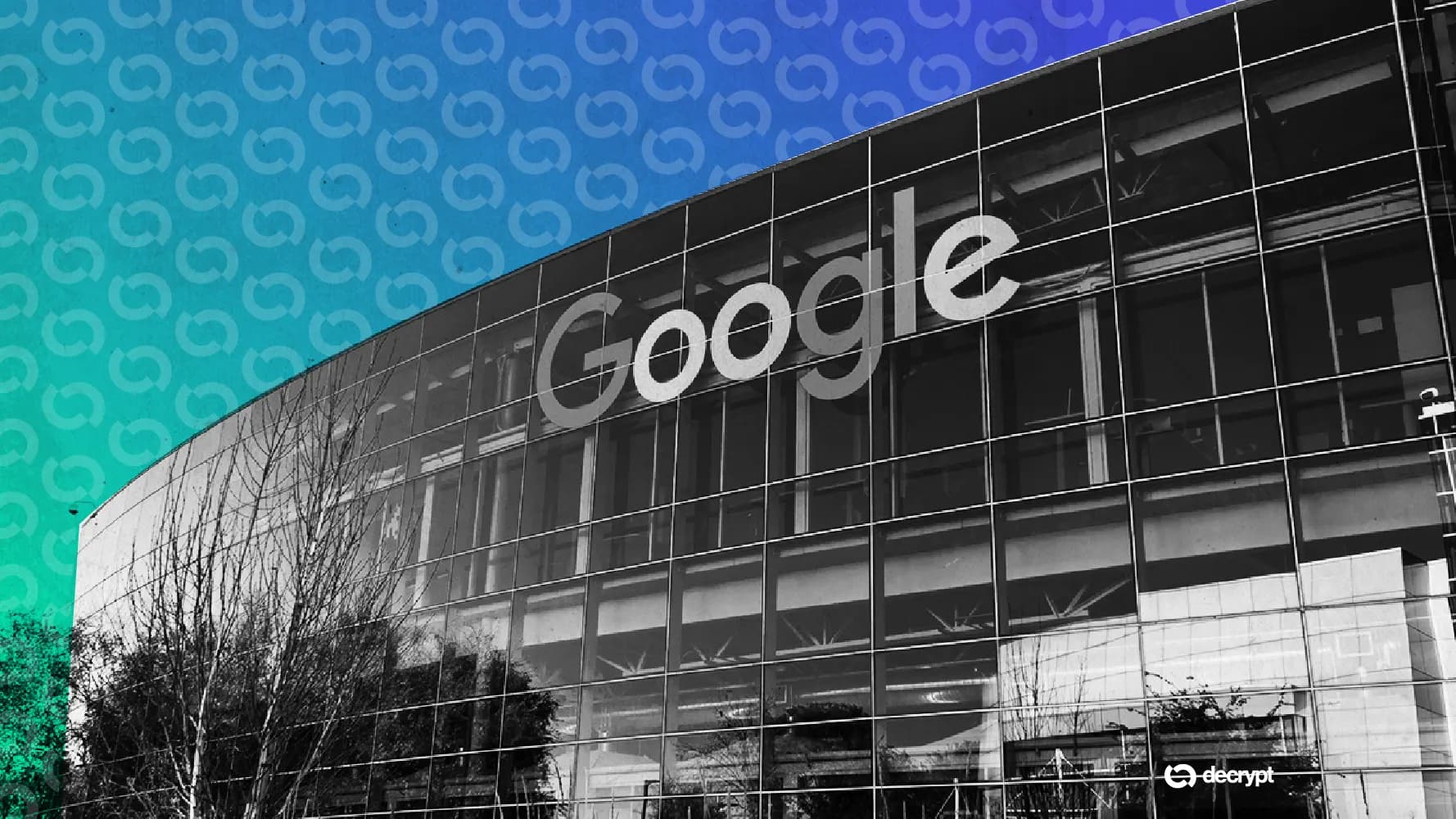Google Reveals Layer-1 'Universal Ledger' Plans as Circle, Stripe Prep Rival Chains

News Summary
Google Cloud's head of Web3 strategy, Rich Widmann, confirmed that its Universal Ledger (GCUL) is a layer-1 blockchain, diverging from industry standards by using Python for smart contracts. This choice is considered "pragmatic" for enterprise and fintech developers, potentially accelerating experimentation but also risking developer siloing without robust tooling and interoperability efforts. GCUL is positioned as "credibly neutral" open infrastructure for wholesale payments and asset tokenization, contrasting with rival Layer-1 chains like Circle's Arc and Stripe's Tempo, which are more tailored to their existing businesses. However, analysts question Google's claim of neutrality, given its centralized nature and "massive conflicts of interest" across its payments, cloud services, and advertising sectors.
Background
A Layer-1 blockchain is a foundational network that operates independently, directly handling transactions and security without relying on other chains for validation or settlement. As enterprise interest in blockchain technology grows, major tech and financial players are actively building out institutional blockchain infrastructure. Google Cloud's partnership with CME Group previously signaled its deeper involvement in Web3, but specific details like whether it was a Layer-1 blockchain remained sparse until a recent confirmation by a Google executive. Concurrently, fintech giants like Stripe and Circle are developing their own Layer-1 solutions, signaling heightened competition in the institutional blockchain infrastructure space.
In-Depth AI Insights
What are the true intentions behind Google's 'neutral' Layer-1 strategy and its potential risks? Google's positioning of GCUL as a "credibly neutral" open infrastructure, aimed at attracting a wide range of financial institutions, starkly contrasts with chains tailored by Stripe and Circle for their own businesses. This move suggests Google is attempting to play an inclusive platform role in the institutional blockchain market, rather than merely extending its cloud services. However, this claim of "neutrality" faces significant challenges: - Google's inherent vast ecosystem and conflicts of interest in payments, cloud services, and advertising make it difficult to maintain true neutrality long-term, potentially hindering its appeal to highly sensitive financial institutions. - The choice of Python over industry-standard languages like Solidity or Rust, while aimed at lowering barriers for traditional enterprise developers, could lead to technological ecosystem isolation, slowing interoperability with other Web3 protocols and limiting widespread adoption. How might GCUL's long-term impact on traditional financial institutions and the Web3 ecosystem evolve? If GCUL successfully establishes its reputation for neutrality and overcomes the ecosystem challenges posed by Python, it could profoundly influence the blockchain adoption trajectory for traditional financial institutions: - Lowered Entry Barrier: Python's ubiquity could attract a large number of traditional finance developers unfamiliar with Solidity or Rust, accelerating institutional experimentation and deployment in wholesale payments and asset tokenization. - Heightened Competition: Google's entry will intensify competition in the institutional blockchain infrastructure space, pushing Stripe, Circle, and other existing players to innovate faster and potentially leading to market segmentation where different chains optimize for specific use cases or client groups. - Potential Web2.5 Bridge: GCUL could serve as a crucial bridge between traditional internet giants (Web2) and decentralized networks (Web3), appealing to enterprises seeking blockchain benefits while preferring a familiar tech stack and the backing of a centralized behemoth. How should investors evaluate the Layer-1 blockchain initiatives of major tech companies? Major tech companies like Google, Stripe, and Circle venturing into Layer-1 blockchains signal a key investment trend where traditional giants view blockchain technology as a source of core business expansion and competitive advantage. Investors should focus on: - Strategic Differentiation: Evaluate the unique selling propositions, target markets, and technology stack choices of each company's Layer-1 solution. Google's "neutral + Python" strategy, Stripe's payment focus, and Circle's stablecoin ecosystem integration each present different paths to success and associated risks. - Adoption and Ecosystem: Monitor the actual institutional adoption rates of these chains and their ability to build active developer and application ecosystems. Without strong ecosystem support, long-term growth is challenging even with big tech backing. - Regulatory Environment: Regulatory uncertainty in the blockchain and cryptocurrency space is a major risk. The Trump administration's stance on crypto could impact policy support or restrictions for these enterprise-grade solutions, particularly for platforms claiming "neutrality." - Revenue Models: Analyze how these Layer-1 solutions translate into tangible revenue and market share for the companies, rather than merely being technological experiments.